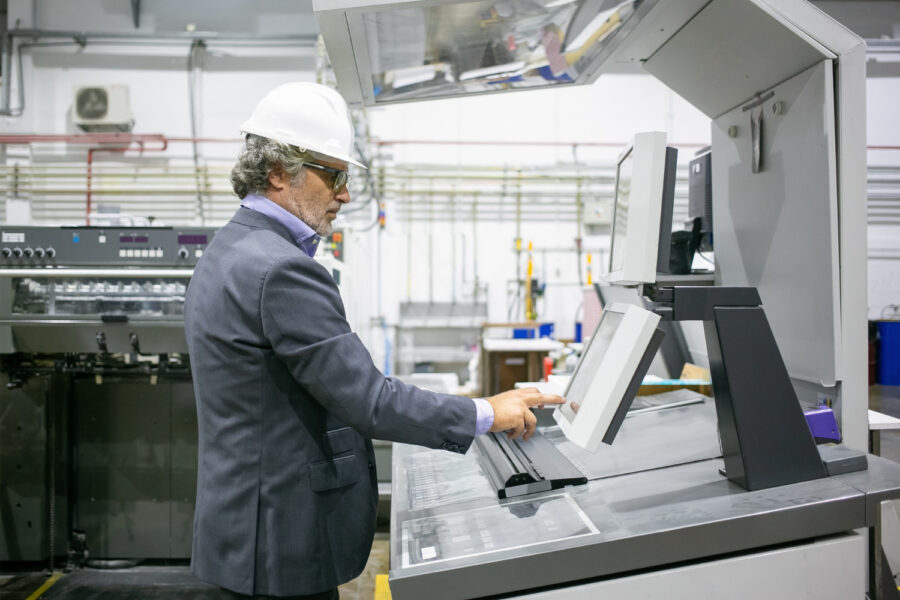Extreme Ultraviolet (EUV) Lithography: Revolutionizing Semiconductor Fabrication with Erik Hosler

As the semiconductor industry continues to demand smaller, more efficient devices, Extreme Ultraviolet (EUV) lithography has emerged as a pivotal advancement in chip manufacturing. Erik Hosler, a recognized expert in lithography, suggests that this technology has the potential to push the limits of miniaturization, enabling the creation of chips with features smaller than 10 nanometers. EUV lithography plays a significant role in driving innovation in industries like artificial intelligence (AI), high-performance computing (HPC), and next-generation consumer electronics.
What Makes EUV Lithography Unique?
At the heart of EUV lithography is its ability to use light with an exceptionally short wavelength of 13.5 nanometers—much shorter than the 193 nm wavelength used in traditional deep ultraviolet (DUV) lithography. This significantly shorter wavelength enables more precise patterning, allowing chip manufacturers to produce semiconductors with ultra-small features. Erik Hosler highlights this breakthrough, “Power-driven performance changes for EUV open the door for a ‘final era’ of lithography tooling, enabling the creation of features smaller than 10 nm.”
This capability is essential for industries looking to pack more power into smaller devices. As demand increases for smaller, faster, and more energy-efficient chips, EUV lithography plays a pivotal role in delivering the precision required to meet these challenges.
How EUV is Revolutionizing Chip Fabrication
One of the most significant advantages of EUV lithography is its ability to simplify the chip production process. In traditional methods, creating sub-7 nanometer features required multiple patterning steps, which added time, complexity, and cost to the process. EUV lithography, however, achieves these smaller nodes with fewer steps, improving both efficiency and cost-effectiveness for manufacturers.
This increased efficiency is vital as consumer electronics and computing devices continue to evolve, requiring smaller and more powerful chips. EUV is enabling manufacturers to overcome the limitations of older lithography techniques, allowing for unprecedented miniaturization in semiconductors. This breakthrough has fueled advancements in AI and HPC, where high-performance chips are critical for processing massive amounts of data.
Overcoming the Challenges of EUV
Despite its advantages, EUV lithography presents certain challenges. Issues like line-edge roughness (LER) and critical dimension uniformity (CDU) can affect the quality of the patterns. As devices shrink further, these imperfections can have a significant impact on performance. However, continuous innovation in materials like photomasks and photoresists is helping address these issues, ensuring that EUV can meet the exacting standards of modern semiconductor manufacturing.
The Next Era of Semiconductor Miniaturization
As EUV technology continues to advance, it will redefine the future of semiconductor manufacturing. By pushing the boundaries of miniaturization, EUV is set to pave the way for smaller, faster, and more efficient devices, shaping the future of industries that rely on cutting-edge semiconductor technology.